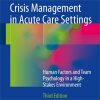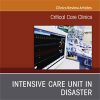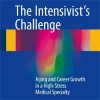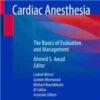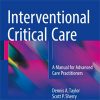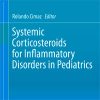Antimicrobial Chemical Tied to Antibiotic Resistance Genes in Dust
news.northwestern.eduMost people have heard about antibiotic-resistant germs. But how about antibiotic-resistant dust? A new Northwestern University study has found that an antimicrobial chemical called triclosan is abundant in dust — and linked to changes in its genetic makeup. The result is dust with organisms that could cause an antibiotic-resistant infection. Hartmann’s study compared dust samples collected from 42 athletic facilities in the Pacific Northwest region. (Hartmann selected athletics facilities because people tend to make intimate contact with the floor, mats and equipment and use antimicrobial wipes to cleanse these areas before and after exercising.) Her team looked at the bacteria present in dust, specifically examining the bacteria’s genes. In dust with higher concentrations of triclosan, the researchers found higher abundances of genetic markers indicating antibiotic resistance.


